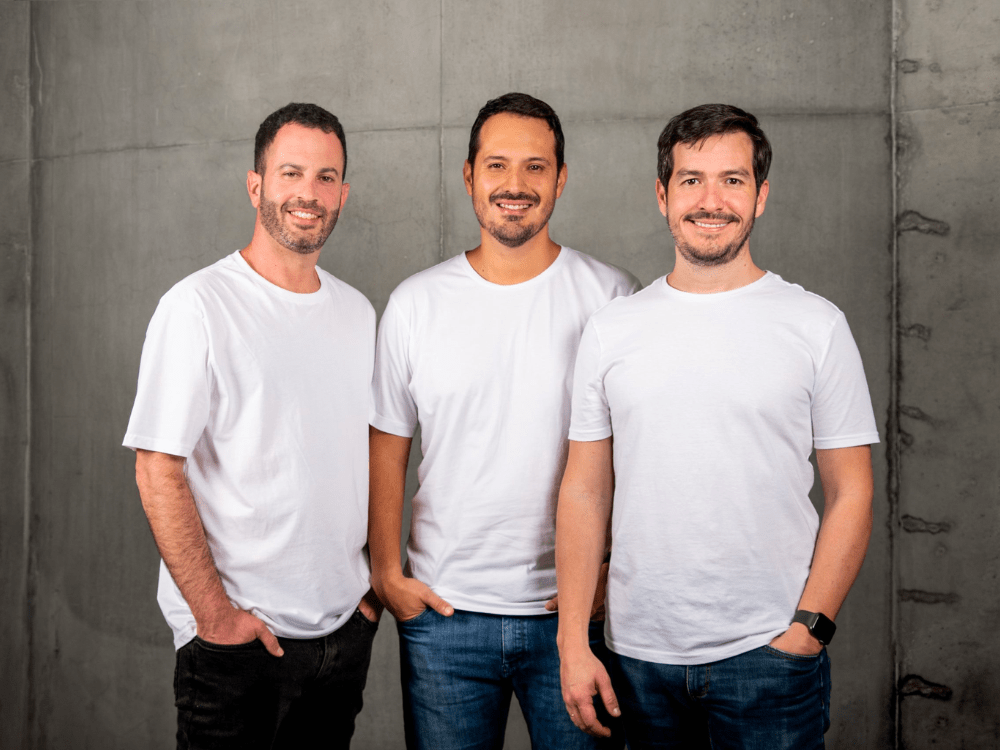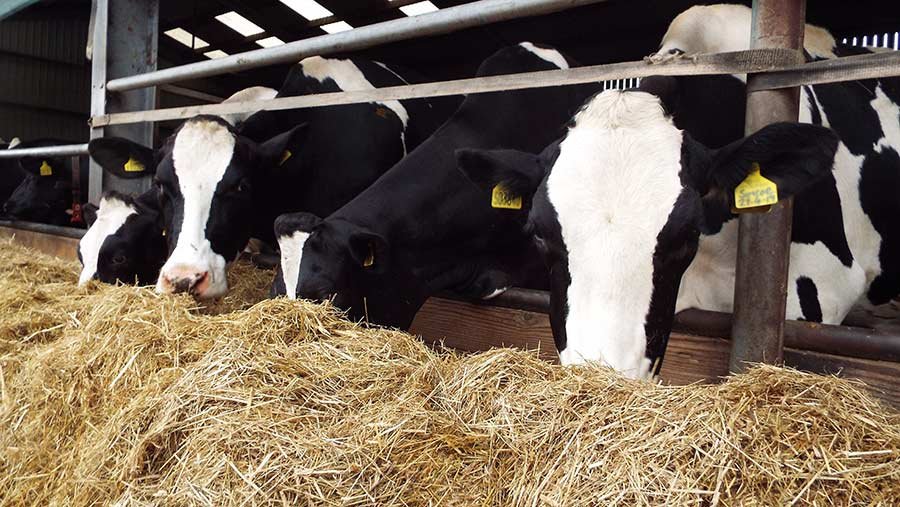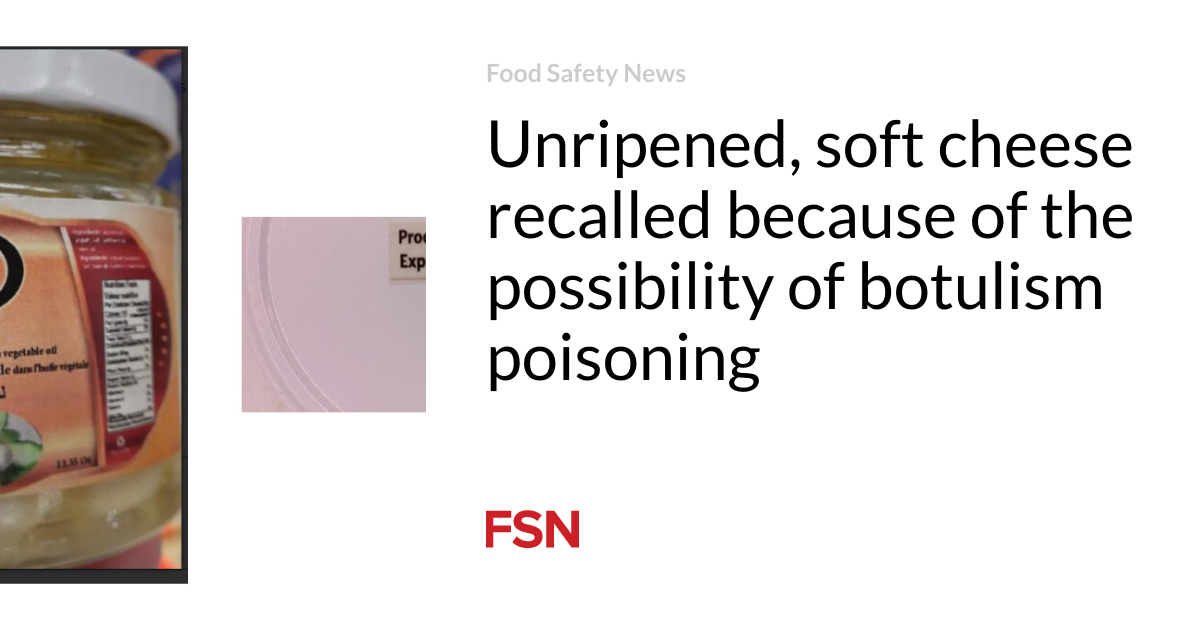Startups in the nascent space are adopting a variety of approaches, with GOOD MEAT launching in Singapore last year with cultivated chicken “the world’s most-consumed and fastest-growing meat”; UPSIDE Foods planning to debut with chicken in the US market; BlueNalu planning to launch with whole muscle Bluefin Tuna Toro, a high-value product that typically commands a premium price; Aleph Farms beginning with a thin beef steak; and Orbillion Bio focusing on more unusual heritage breeds.
Australian startup Vow – which has just bagged $49.2m in a series A round with backers including PeakBridge, Blackbird, and others*– however, plans to do things a little differently, founder and CEO George Peppou told FoodNavigator-USA.
“So with this technology, you can make anything you can imagine, and you want to make chicken?”
‘There is this conservatism and in my opinion, a misunderstanding of how behavior change happens’
Aside from the fact that [conventionally produced] chicken is already very cheap, which makes matching it on cost a huge challenge for cultivated meat companies before they have significant scale, it also “feels like a failure of imagination,” claimed Peppou, who co-founded Vow in 2019 with Tim Noakesmith, opened a pilot plant in Sydney last month featuring a 2,000-liter bioreactor, and is just breaking ground on a larger facility next door with 100 times that capacity.
“So there is this conservatism and in my opinion, a misunderstanding of how behavior change happens.
“What I believed when I started Vow , and what I believe with even more conviction now, is that the types of foods we’re going to eat, and especially the types of meat we’re going to eat in 20 or 30 years, we’re not going to think about and describe as from animals, in the same way that we don’t think about Cheerios as a specific product containing five grains. We think of it as food and as a brand, and in future I think we’ll think of meat in the same way.”
And in this scenario, he predicted, “The companies that are going to have the most success in changing meat eaters’ behaviors are going to be those that make something which is not directly compared to what people already eat, that satisfies needs that meat from animals cannot satisfy.”
‘It removes a lot of the challenges around price anchoring as no one has any idea what a ‘morsel’ of Japanese quail meat should cost’
In the first instance, Vow is making a Japanese quail meat product called ‘Morsel,’ that’s made from quail cells but “has a very different sensory experience to quail… a light, delicate texture, previously unattainable in even the finest of poultry dishes,” said Peppou, who has created partnerships with Michelin-starred chefs and plans to launch his wares in fine dining establishments initially in Singapore, and then likely in Australia depending on regulatory approvals.
“A key part of the preposition to fine dining chefs was that they can serve something that no one else has and no one else can have, because we just invented it.
“It’s the most exclusive meat on the planet, which does two really handy things from a company perspective: One, it solves the sensory comparison problem, because we just have to make something which is tasty [rather than create something that perfectly replicates foods people already enjoy eating every day], and two, it removes a lot of the challenges around price anchoring, as no one has any idea what this should cost, so it means we have much more of a blank canvas to work with.”
‘We’ve worked across a really broad range of species ranging from marine to reptile to domesticated, exotic, some endangered species…’
Morsel will be followed by a ”pure branded product with a proposition driven on nutrition [rather than talking about a specific animal],” said Peppou. “I don’t want to be more specific than that because there’s IP we’re working on in that space.”
He added: “We’ve worked across a really broad range of species ranging from marine to reptile to domesticated, exotic, some endangered species, the entire gamut over the last couple of years, really to understand how much variability there is between the economics of growth, the flavor, nutrition and other properties of different types of cells.”
Vow’s first product is “a world first - an irresistible quail meat, grown from the cells of a Japanese quail, instead of the whole animal itself. Designed as a starter dish, it carries a flavor and texture profile quite unlike any meat available, anywhere in the world. Bold umami flavors and a light, delicate texture, previously unattainable in even the finest of poultry dishes, diners will be taken on a journey of surprise and delight.”
Image credit: Vow
‘We’re also not using genetically modified cells’
Asked whether Vow is harvesting a biomass of undifferentiated cells or if its cells go through a secondary process whereby they differentiate and mature into more recognizably meaty tissue, Peppou said: “We have all sorts of stuff in development with 3D cell cultures, 3D bioprinting, a really sophisticated bioprocess maturation processes, but what we found is that the benefits from adding some of the additional complexity are not commensurate with the additional product benefit.
“So [for downstream processing] what we’re doing, we’re in the process of patenting, but we’re using some of the intrinsic properties in the cells to create a fibrous texture and the final product will be 95-97% animal cells with a little bit of plant-based gel to help with the binding.”
He added: “We’re also not using genetically modified cells, which was an intentional choice both from a regulatory and consumer acceptance perspective.”
Bioreactor size: Finding the sweet spot
As for bioreactor size, he said: “At the moment we are only planning to go up to 20,000 liters per line, which is less driven by physics and more by our manufacturing preferences and due to working capital factors as well.
“Even if your media is dirt cheap, let’s say $1 a liter, in a 250,000-liter vessel, that’s $250,000 of working capital in media costs tied up in one batch, so there’s a lot of process risk you’re taking.”
The go-to-market strategy
As for the go-to-market strategy, he said, he sees Singapore as a good test market for China; Australia as a good test market for the US; and Israel and the UK as test markets for the EU: “Our strategy is to get into those small markets first as a way of de-risking the cost of launching in a larger market.
“We’re at the formal assessment stage with Australia and Singapore, and the draft assessment stage with the US, but our factory has been designed to full FDA specifications.”
*Other investors in the series A round include: Prosperity7 Ventures, the diversified growth fund of Aramco Ventures, Toyota Ventures, Square Peg, Grok Ventures, Cavallo Ventures, Tenacious Ventures, HostPlus Super LP, NGS Super and Pavilion Capital









